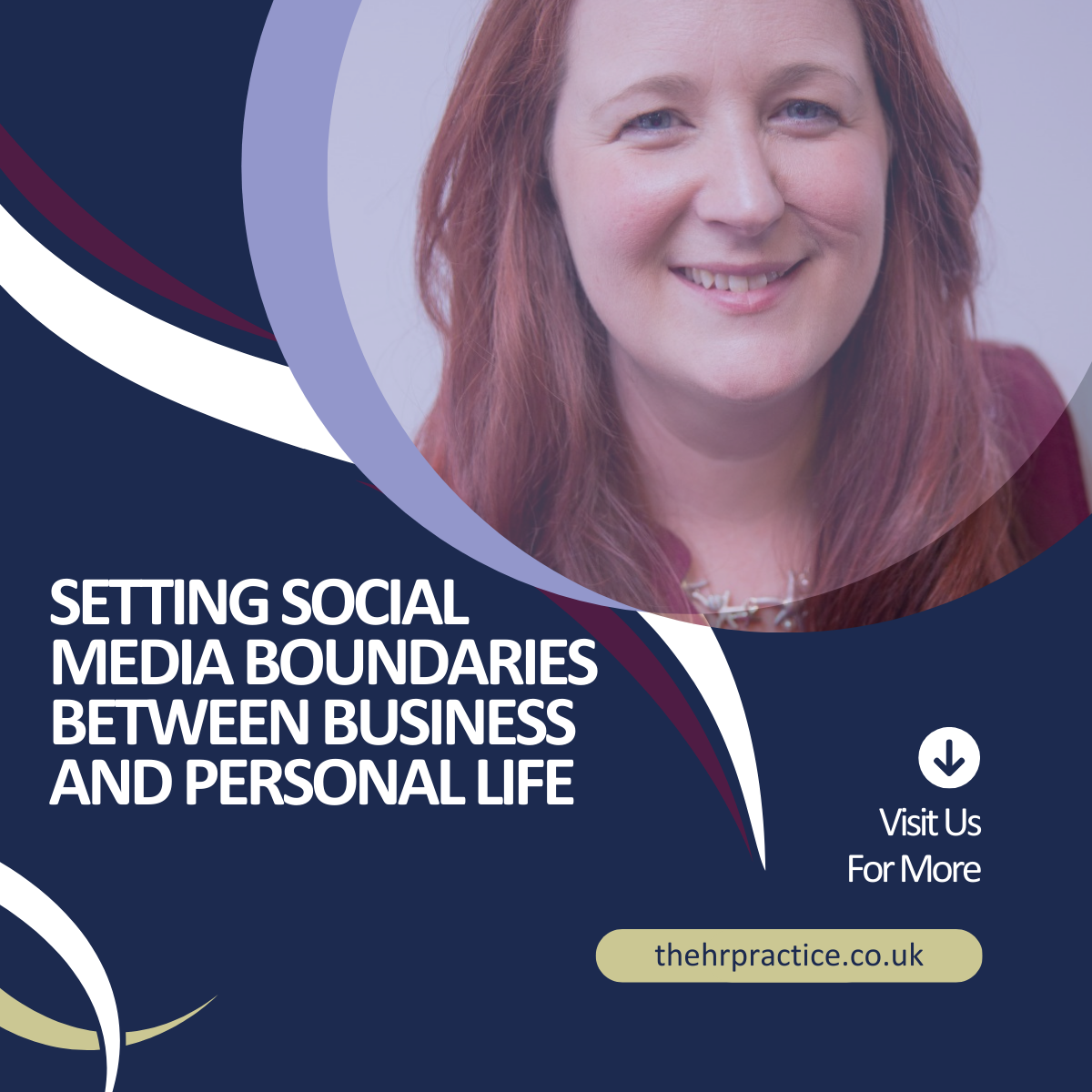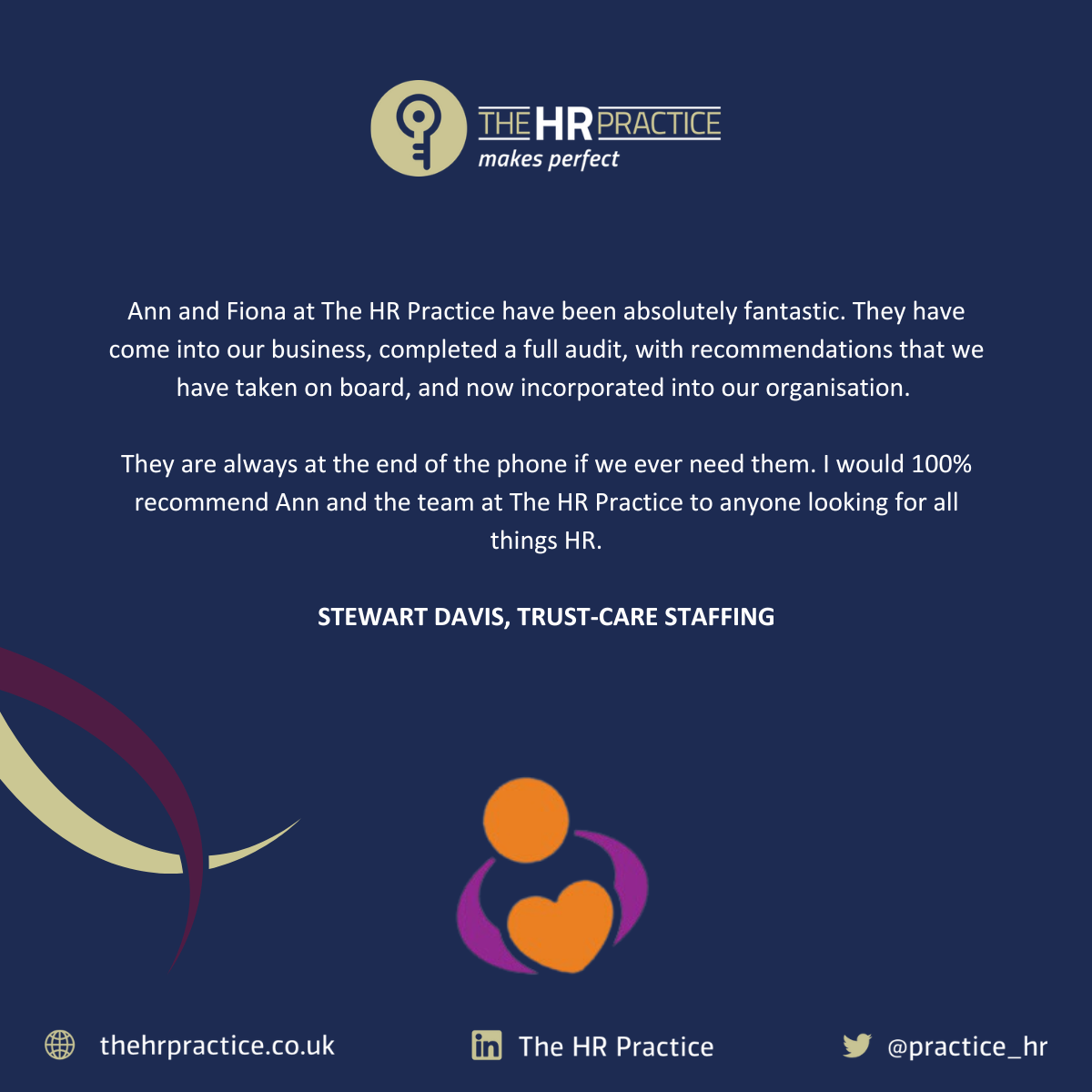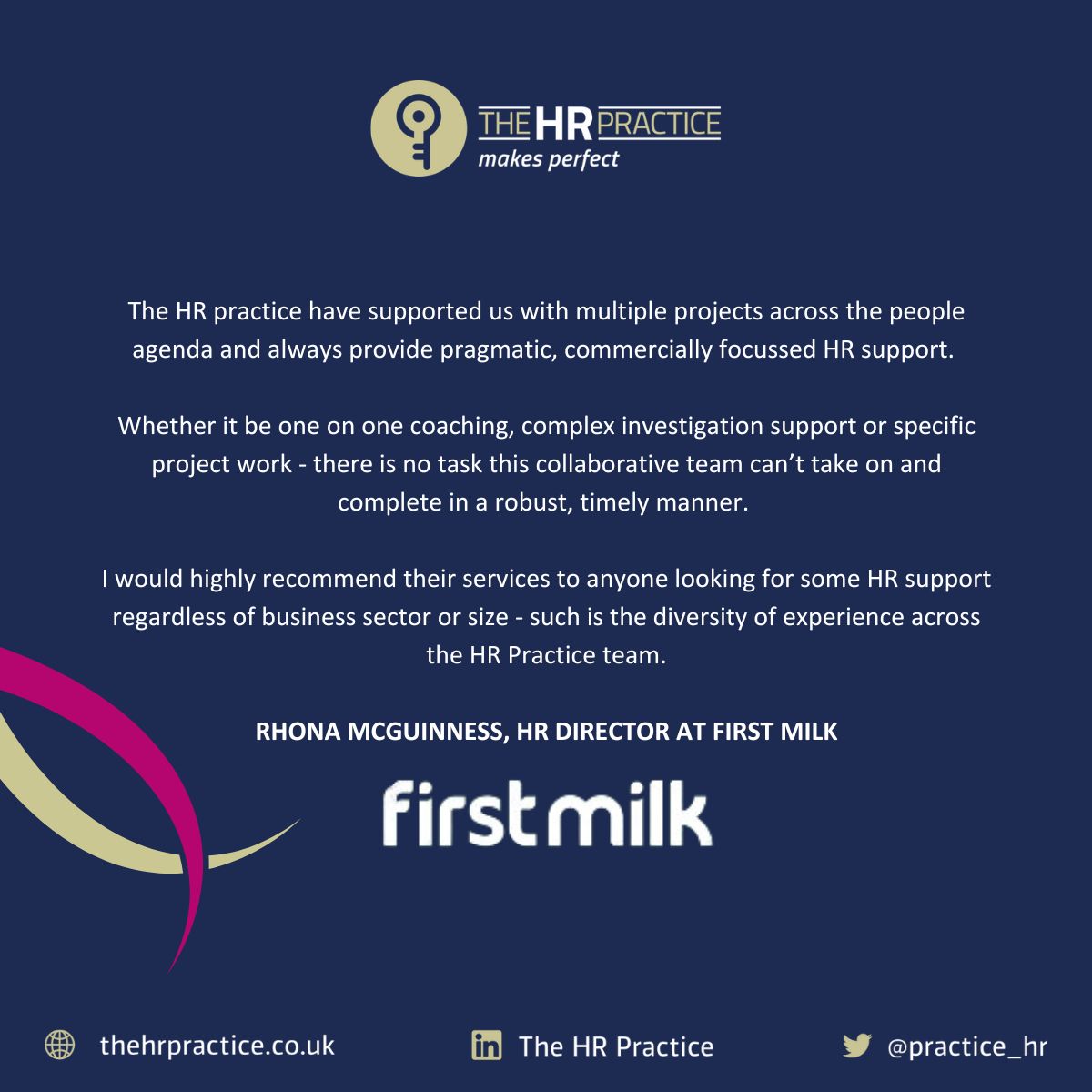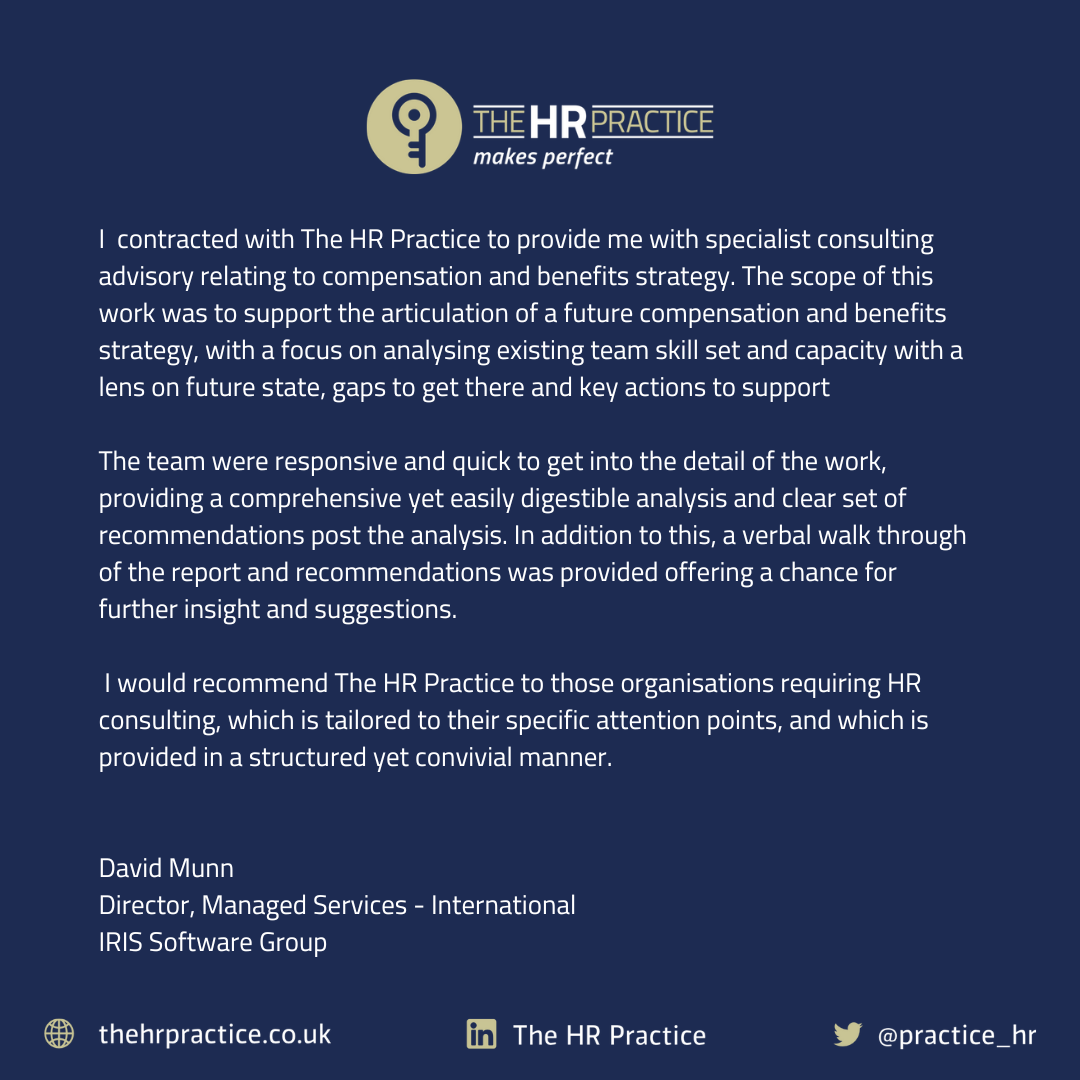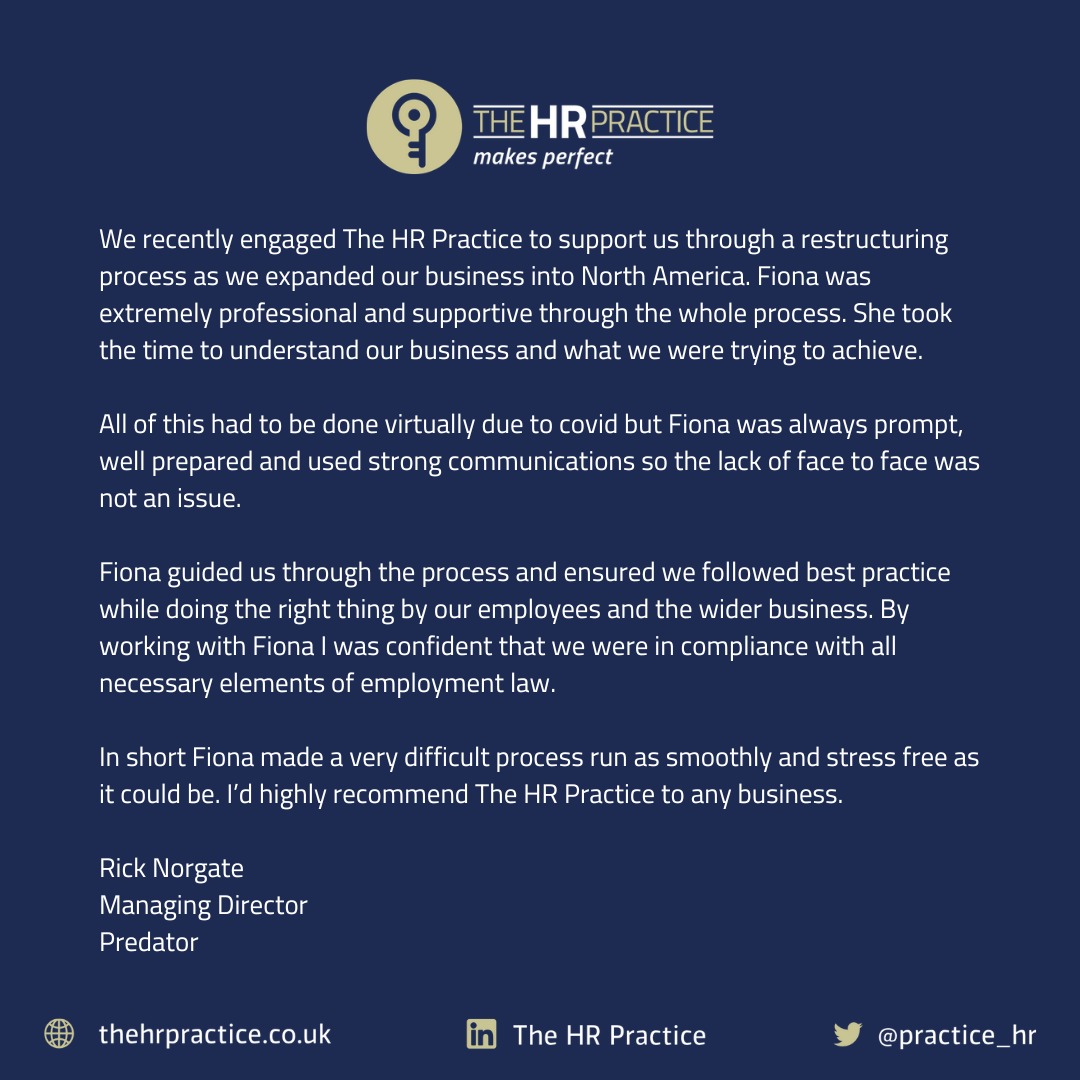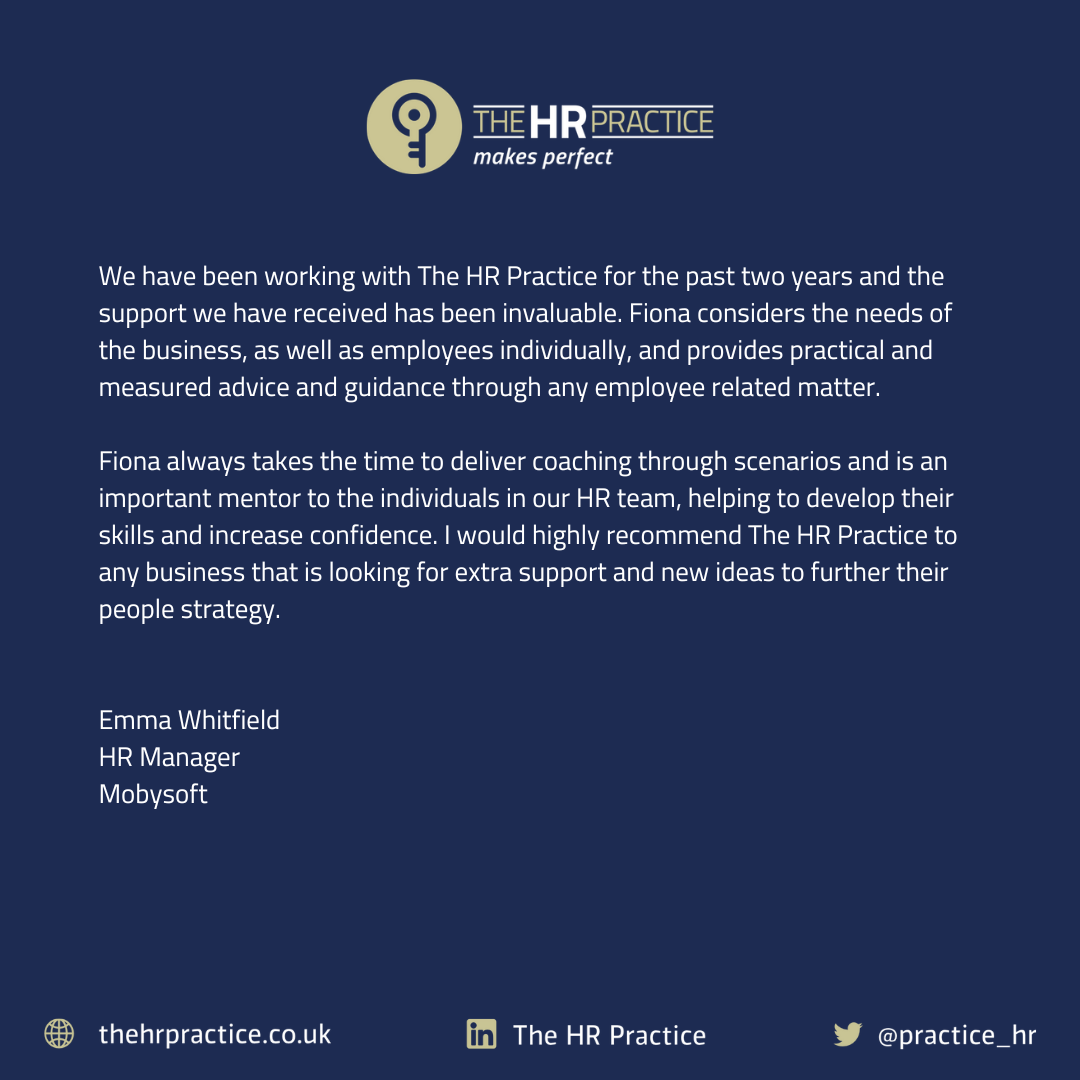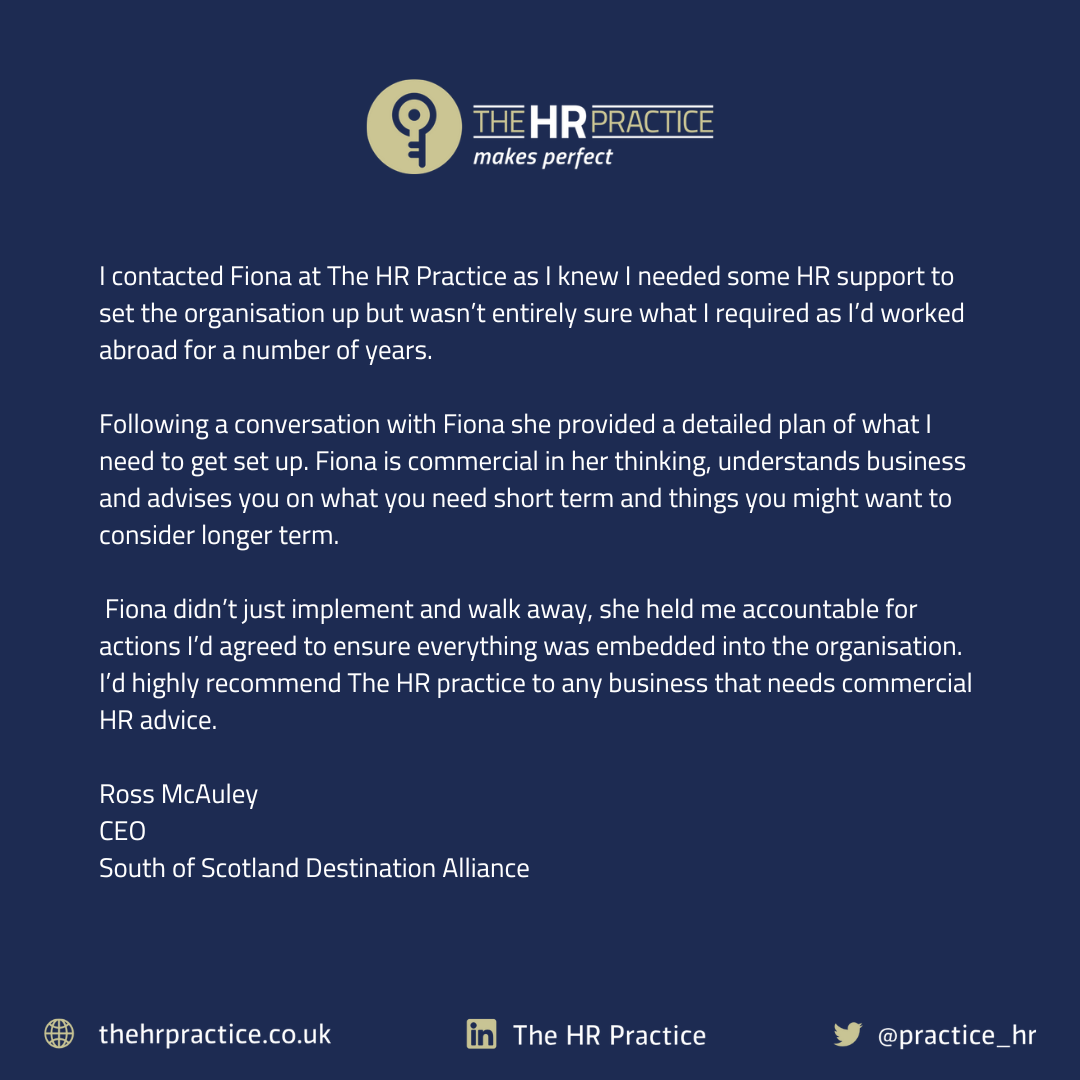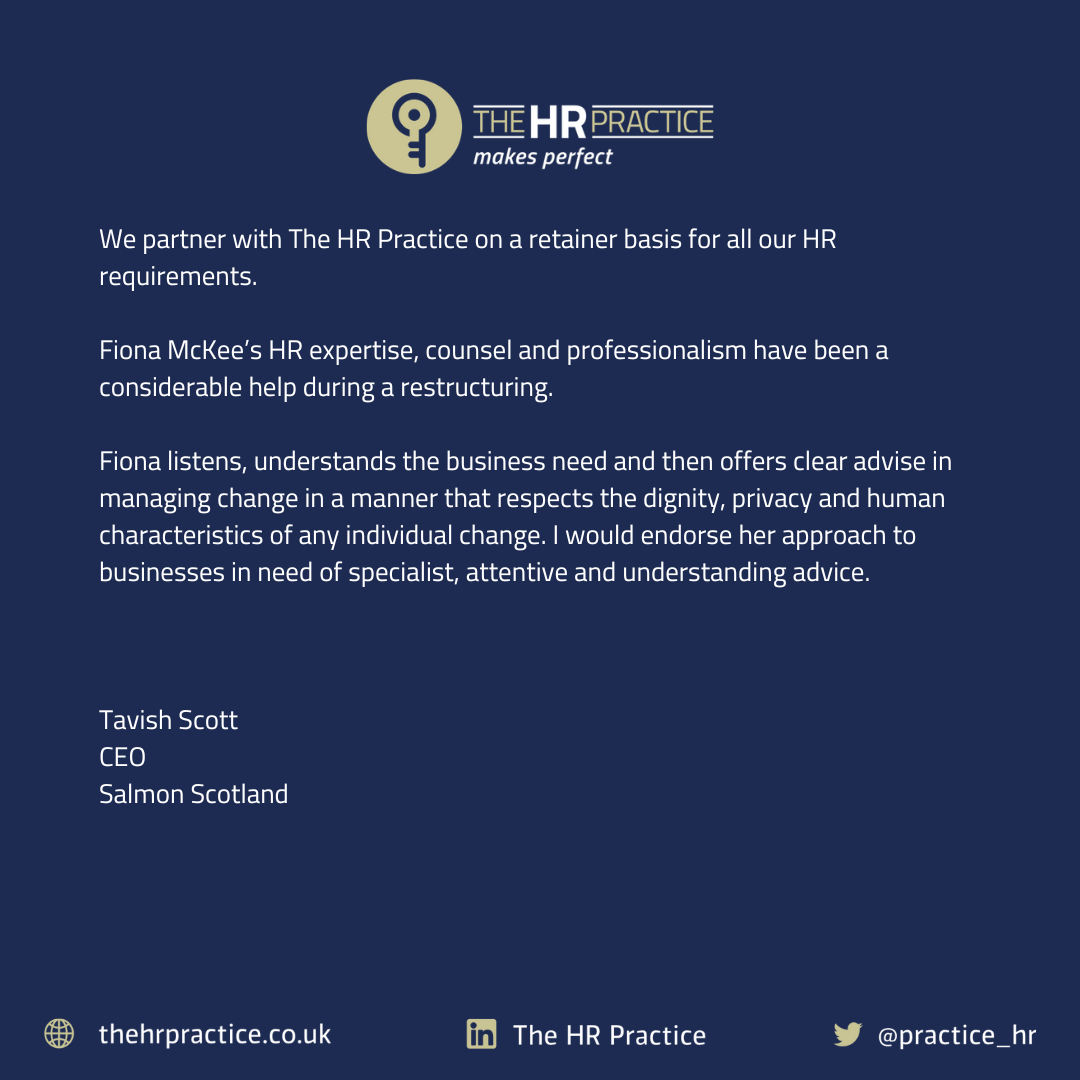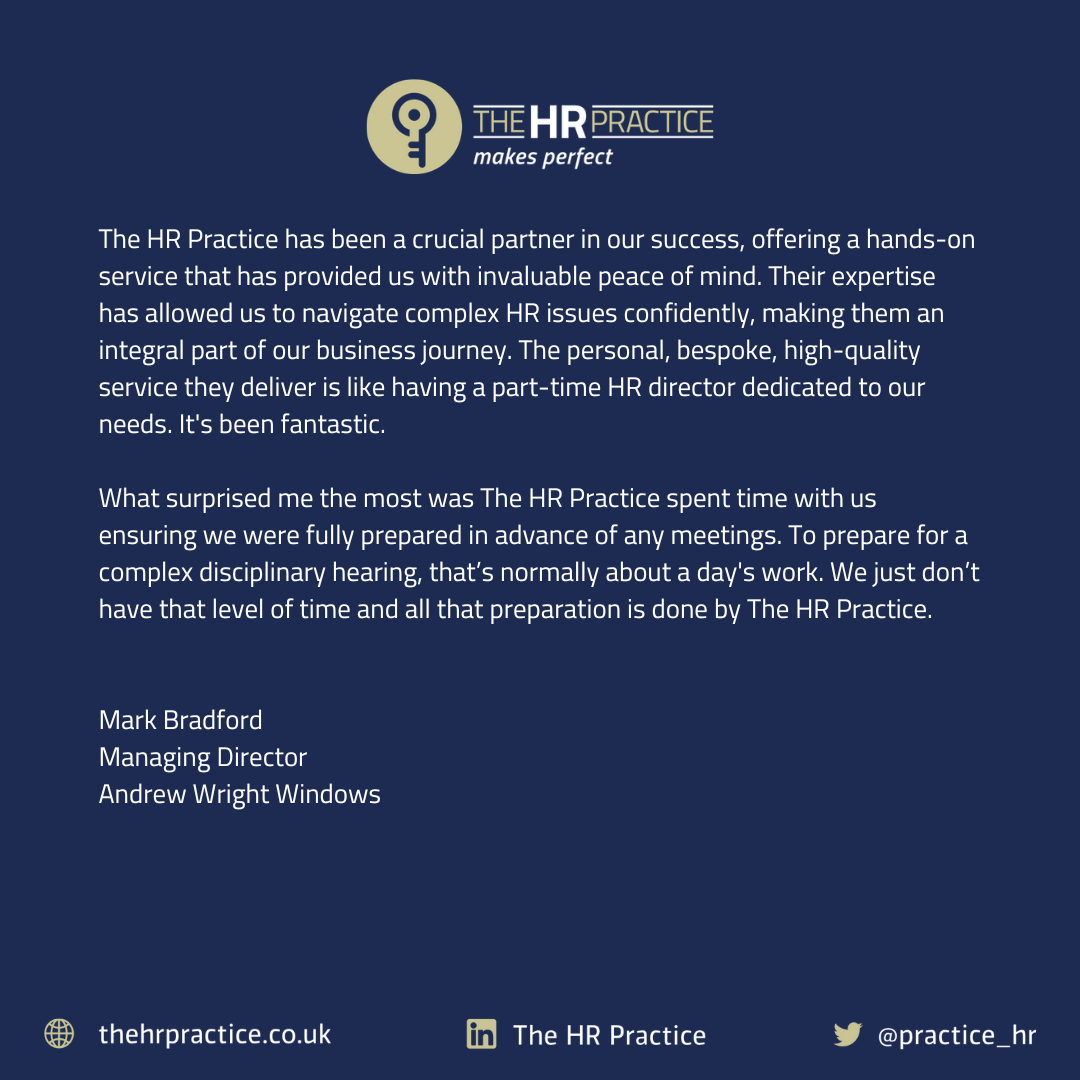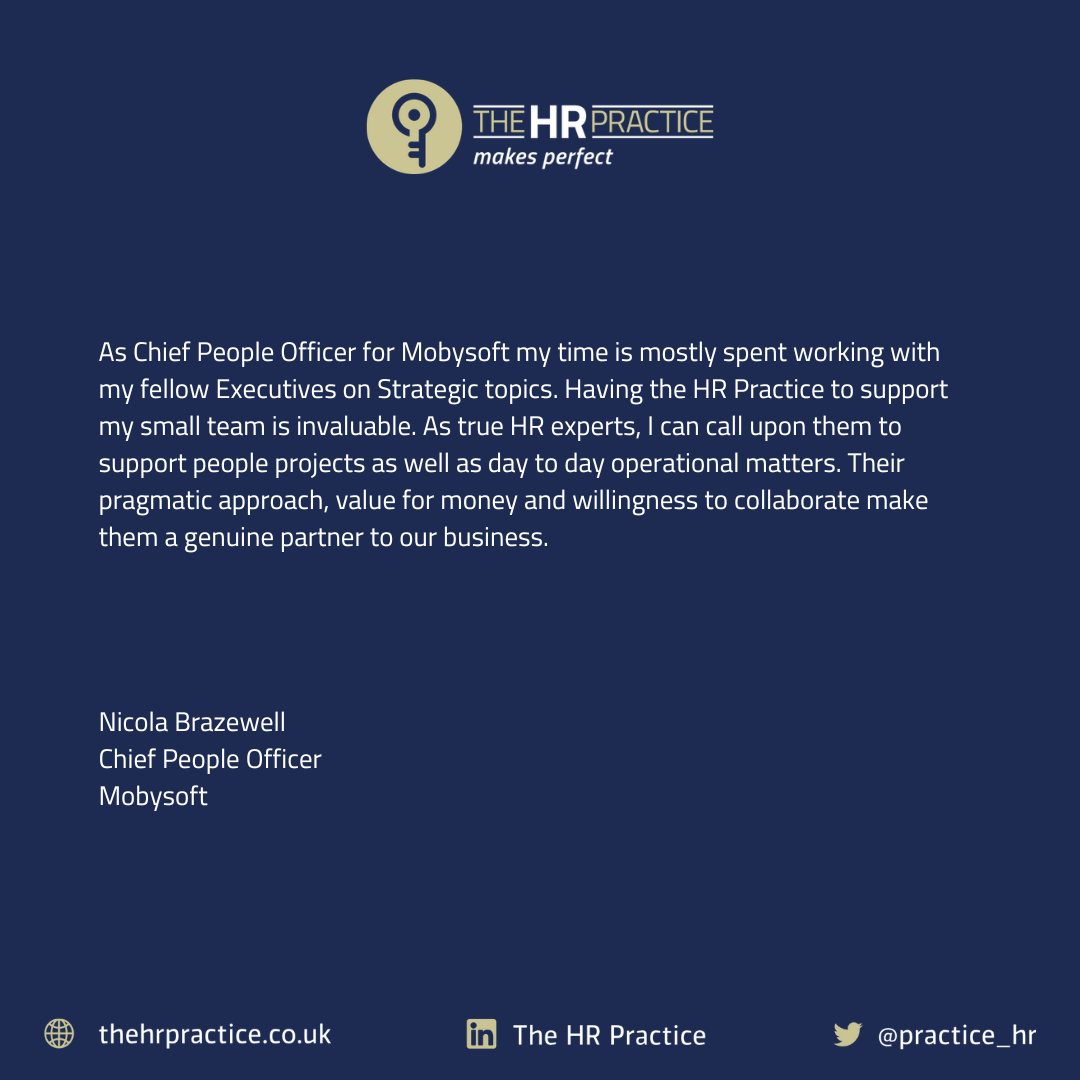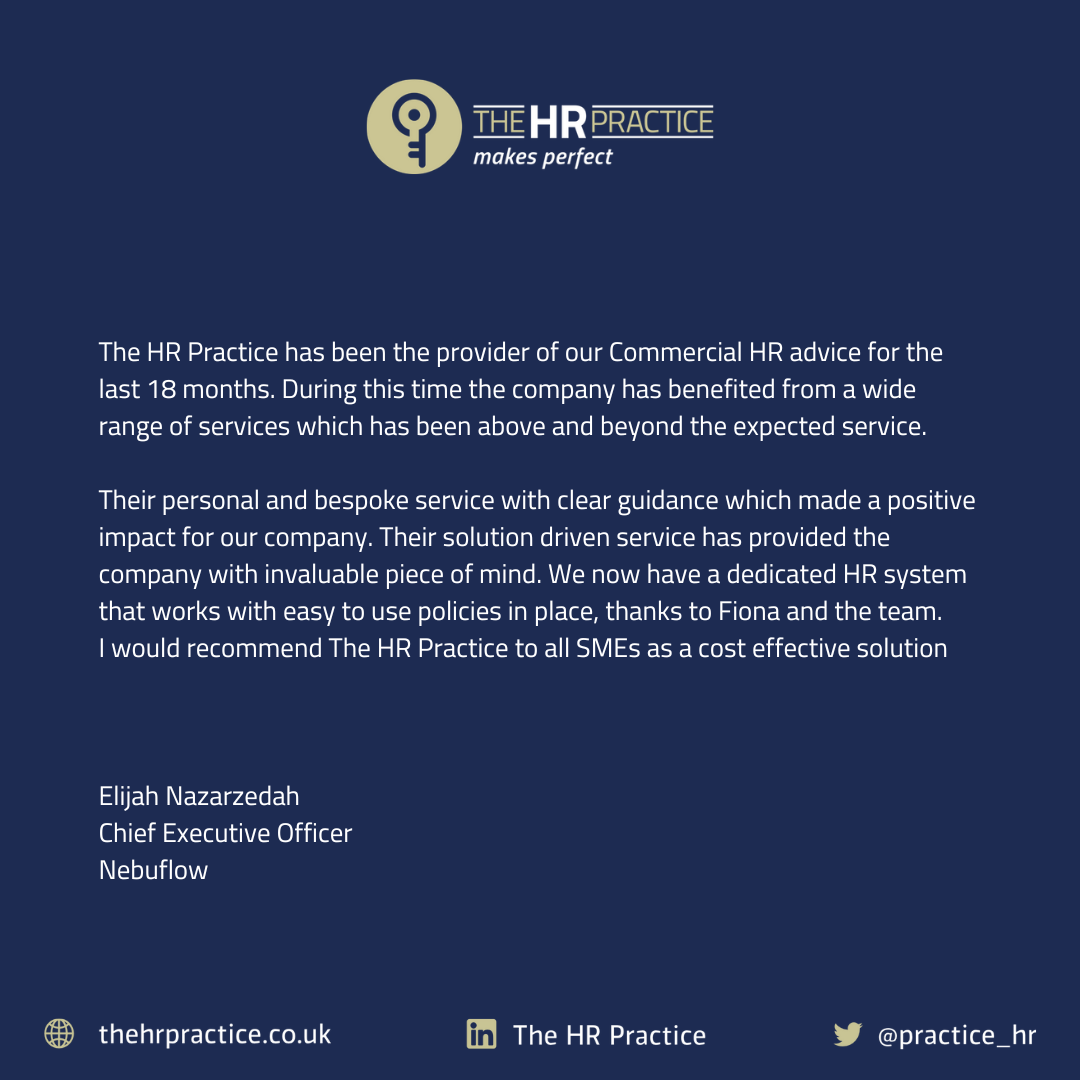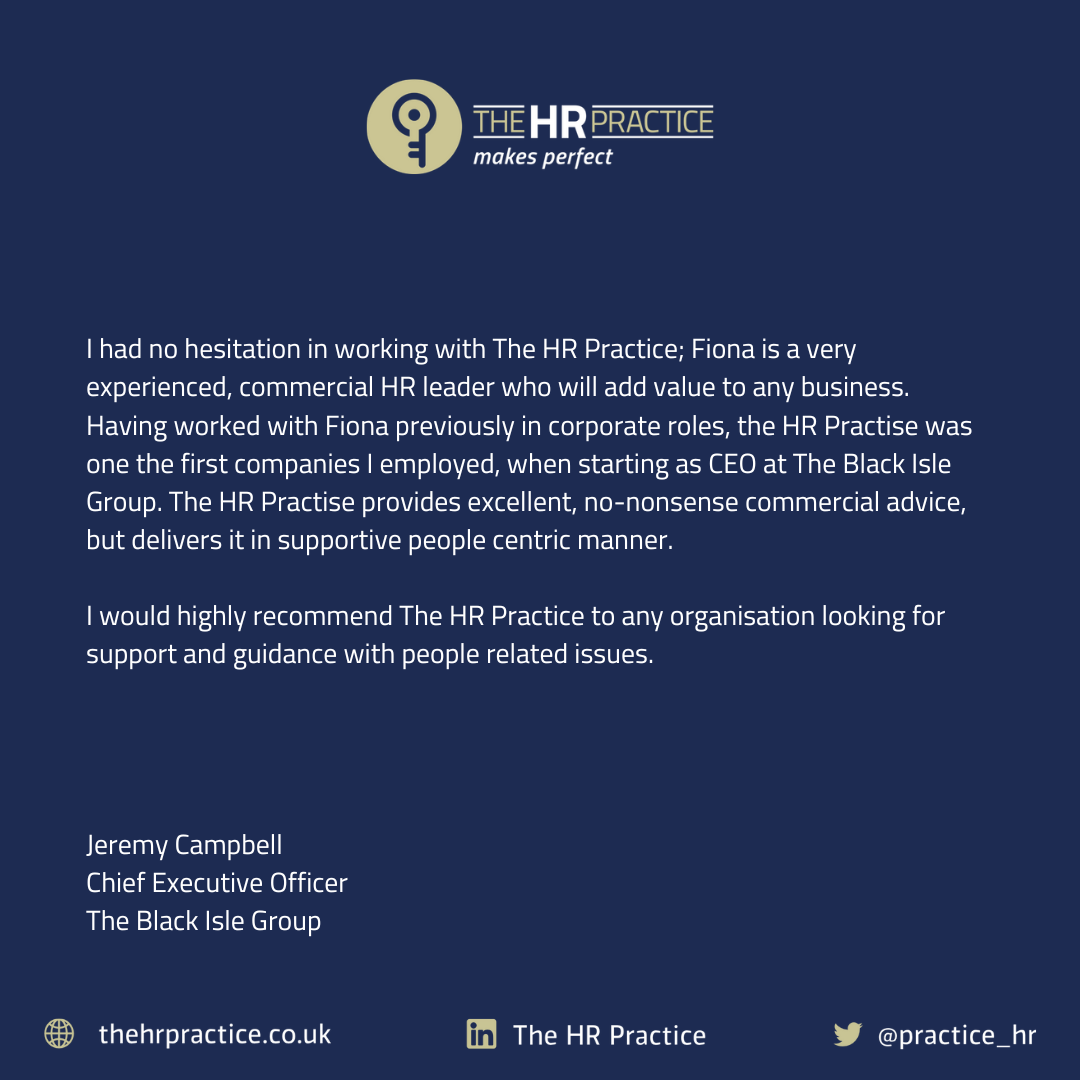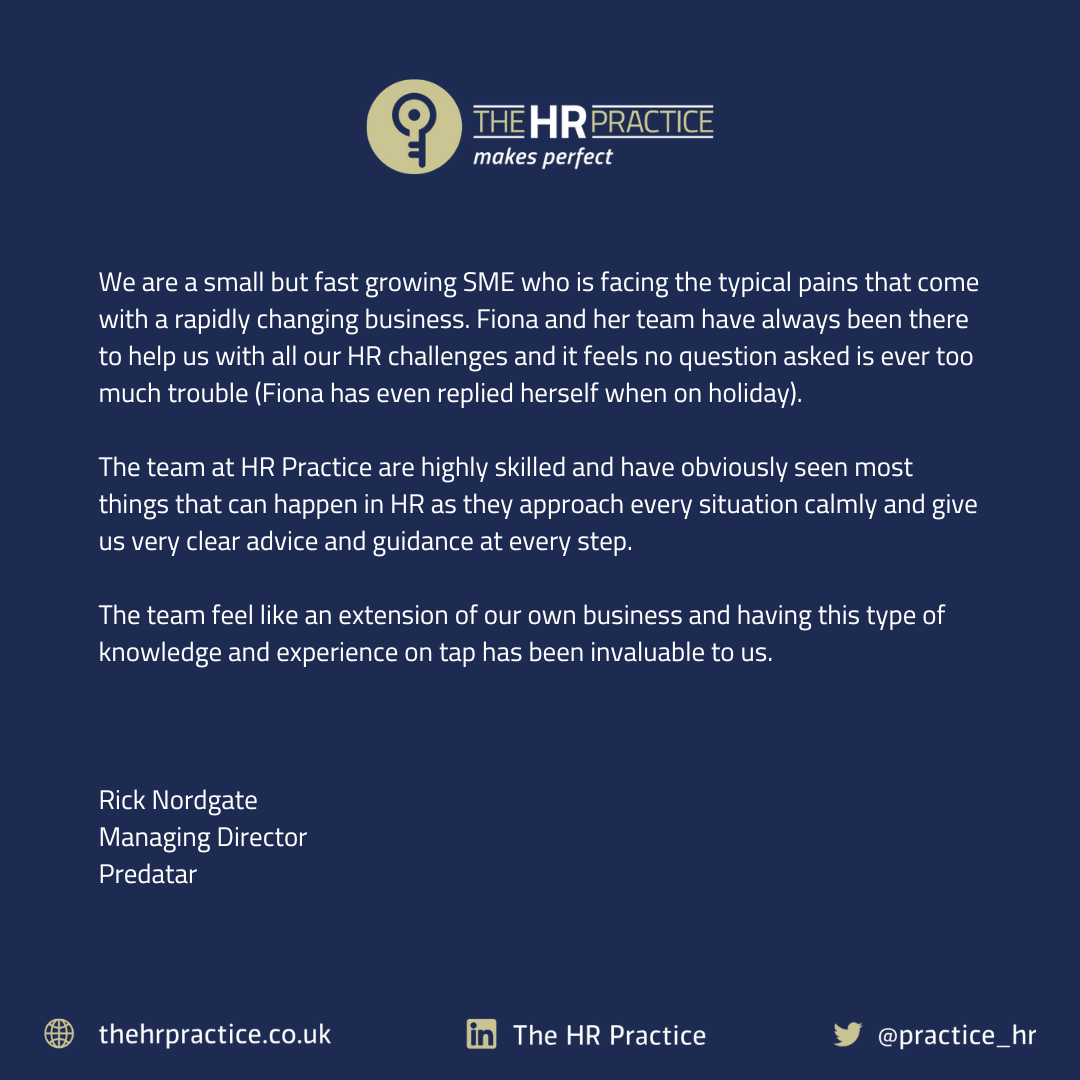Social media. It connects us, promotes us, markets us, and sometimes blurs the lines between personal and professional in ways we didn’t see coming.
I’m Heather Offord, Director of Clarity Consultants, and I recently recorded a video for The HR Practice exploring what happens when your online life at work and at home starts to overlap. Whether you're an employee wondering if you need to accept your manager’s friend request or an employer unsure about what's appropriate for staff to post, this blog will help you navigate the messy middle.
For Employees: Where Do You Draw the Line?
If you're an employee, you're likely asking:
-
Should I post about work?
-
Do I have to be ‘always on’?
-
What platforms should I use for what?
Let’s break it down.
1. Understand Your Platforms
LinkedIn is widely accepted as a professional networking platform. Platforms like Instagram, Facebook, Twitter/X, TikTok, and WhatsApp tend to lean personal, but every company is different.
Check which platforms your employer is active on. You don’t have to be active on all of them. Instead, you can set clear intentions: for example, "LinkedIn is my work platform, everything else is personal."
2. Know Your Company’s Social Media Policy
Every company should have a social media policy. Ask for it if you haven’t seen one. It’s your guide to what’s expected and acceptable. If there isn’t one in place, encourage your employer to create one.
3. Set Your Privacy Boundaries
Look at your privacy settings and decide what’s public vs. private. For example, I use LinkedIn for business and keep my personal Instagram and Facebook pages locked down to just family and friends. I don’t accept client or employee requests on personal accounts, and that’s OK.
4. Don’t Be ‘Always On’
Just because social media and WhatsApp run 24/7 doesn’t mean you have to. You're under no obligation to reply to messages or emails outside your contracted hours. Set those expectations early, switch off notifications, and protect your time. Flexible working doesn’t mean round-the-clock availability.
For Employers: Model the Boundaries You Expect
Boundaries go both ways. If you're an employer, you have a responsibility to set the tone.
1. Be Clear with Expectations
What should employees post about? What’s off-limits? Don’t leave it to guesswork. Create a clear social media policy and make sure everyone knows where to find it.
2. Lead by Example
Don’t message staff out of hours and expect an instant reply just because they’re online. Keep your own posts professional on business platforms and avoid putting pressure on others to share or engage.
3. Respect Personal Space
Some employees will love to shout about your business online. Others will want to keep their private life, well… private. That’s completely fine. Allow people to opt out of work-related platforms and group chats without guilt.
Social media is a brilliant tool for connection, but only if it’s used thoughtfully. Whether you’re an employer or an employee, it’s all about clear communication, mutual respect, and healthy boundaries.
Here’s what to check:
-
Employers: Do you have a social media policy? Is it up to date and accessible?
-
Employees: Have you seen the policy? Do you understand what’s expected?
-
Everyone: Are your platforms set up to reflect your work and personal boundaries?
If you’re unsure where to start or need training to get it right, The HR Practice can help. Don’t leave it to chance. Set the boundaries now and make social media work for everyone.
You can watch the full video here: https://youtu.be/EH1AJ2yI_7M

